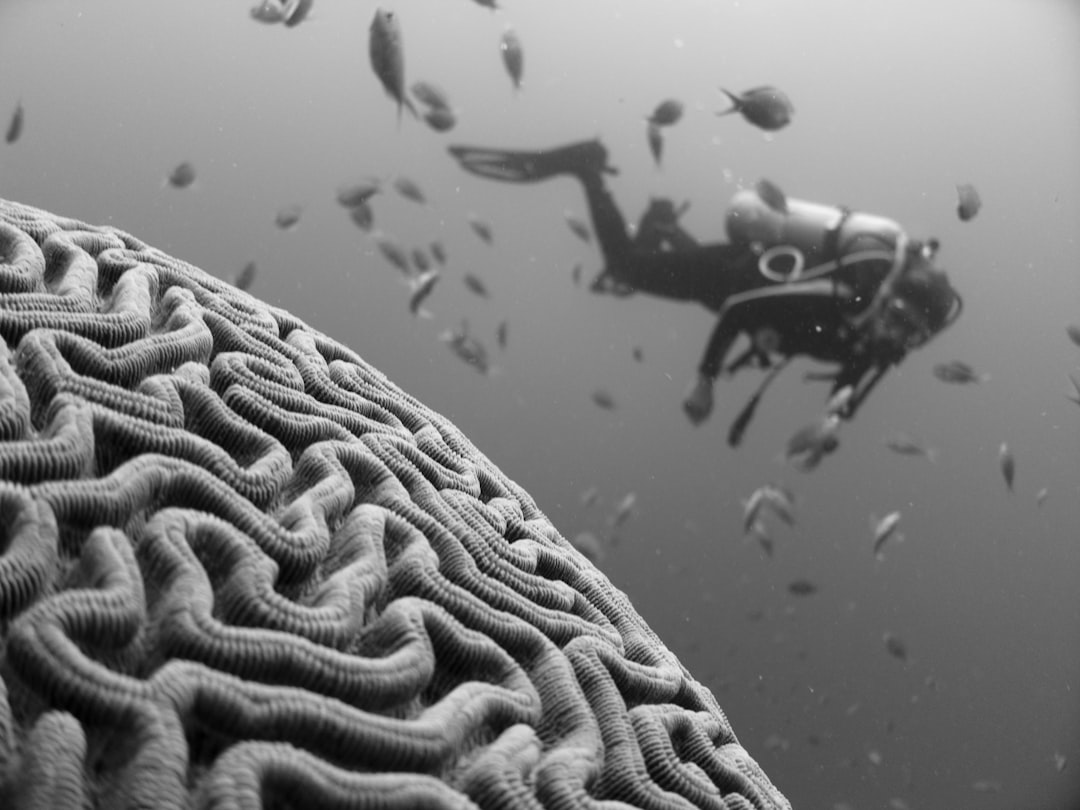What is it about?
Past research has relied on a rotatory tactile stimulator to study the psychological and neuronal processes elicited by being gently stroked. We compared this stimulator with a novel robot capable of more natural stroking motion. This robot enabled us to manipulate a broader range of physical touch features and to explore their relevance for the perception of touch. Our results demonstrate that indeed more features need to be considered in touch research. Apart from the velocity of gentle stroking, the duration of strokes and their spatial pattern on the skin mattered for how pleasant stroking felt. We also found that these physical touch parameters were relevant for other psychological touch impressions including the perceived humanness, intensity and roughness of touch. Pleasantness and humanness reports were strongly positively correlated such that stroking that felt more pleasant also felt more similar to the way humans stroke and stroking that felt unpleasant differed from how humans stroke.
Featured Image

Photo by Jackson David on Unsplash
Why is it important?
We currently know very little about how natural human touch is processed by receptors in the skin and how it is represented in the brain. Past work depended first and foremost on a single touch stimulus that moves a brush along an arc across the skin. This work has implicated a special mechanoreceptor called the C-tactile afferent and linked its activity to the perceived pleasantness of a touch. The present data underscore the importance of using a broader range of touch stimuli so as to better understand the contribution of C-tacile and other mechanoreceptors to the feeling of touch. They also suggest that C-tactile afferents could be equally or perhaps more important for perceiving a touch’s humanness than for perceiving its pleasantness. Indeed, these fibers may be key to encoding touch from conspecifics.
Perspectives
It was really fun working on this project together with my students in Hong Kong and Rochelle Ackerley's team in France. This was a unique opportunity to compare tools of the trade and to see what this novel robot can add to our field.
Annett Schirmer
University of Innsbruck
Read the Original
This page is a summary of: Stroking trajectory shapes velocity effects on pleasantness and other touch percepts., Journal of Experimental Psychology Human Perception & Performance, November 2022, American Psychological Association (APA),
DOI: 10.1037/xhp0001079.
You can read the full text:
Contributors
The following have contributed to this page










